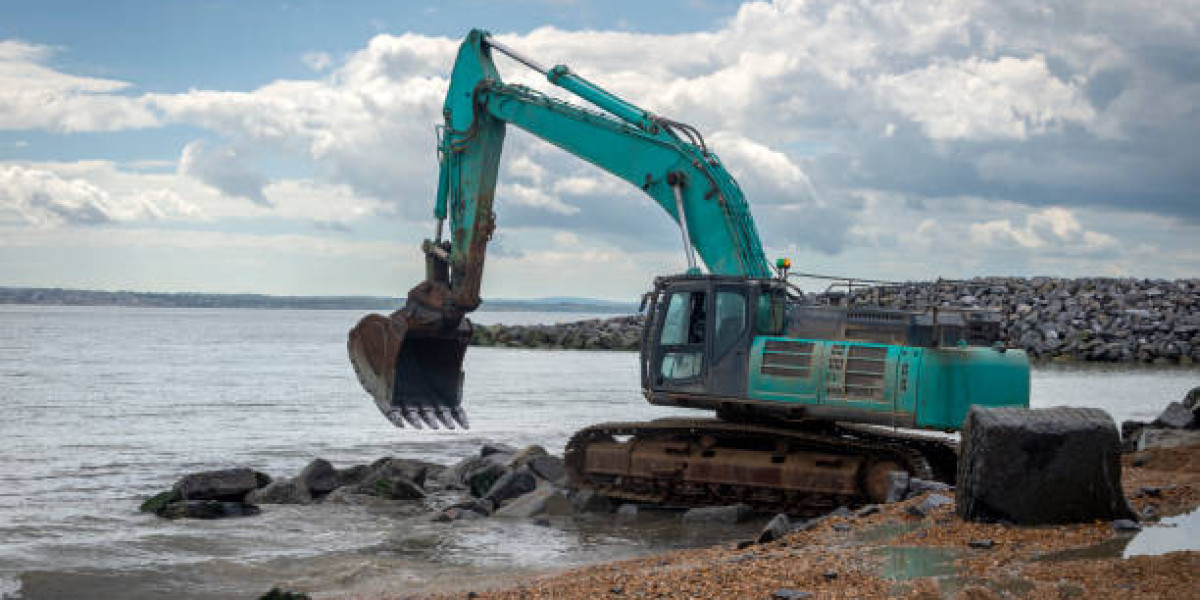Coastlines are constantly shaped and reshaped by the forces of nature, leaving properties and ecosystems vulnerable to erosion and flooding. Seawall construction provides a critical solution for mitigating these risks, offering both protection and stability for coastal areas. By understanding the process and benefits of seawalls, communities can make informed decisions to safeguard their shorelines.
What is Seawall Construction?
Seawall construction involves the creation of a physical barrier to shield coastlines from the relentless force of waves and tides. These structures are built using materials like concrete, steel, or stone, chosen for their ability to withstand harsh marine conditions. Seawalls not only protect land but also help maintain the aesthetic and functional value of beaches and coastal areas.
Common Seawall Designs
- Gravity Seawalls
These seawalls rely on their massive weight to resist wave pressure, making them ideal for areas with strong tidal forces. - Sheet Pile Seawalls
Made from interlocking steel or concrete panels, sheet pile seawalls are driven deep into the ground for enhanced stability. They are commonly used in locations with limited space. - Composite Seawalls
Combining different materials like steel and concrete, composite seawalls offer durability and flexibility in design.
Why is Seawall Construction Necessary?
1. Mitigating Coastal Erosion
Without intervention, coastal erosion can cause significant land loss and damage to properties. Seawall construction provides a lasting solution to this issue, preserving the shoreline for future use.
2. Enhancing Flood Protection
In areas prone to storms and rising sea levels, seawalls act as a first line of defense against flooding. By blocking high waves, they protect homes and infrastructure from water damage.
3. Supporting Economic Activities
Coastal tourism and other economic activities benefit from the stability provided by seawalls. Secure shorelines attract visitors and support businesses that rely on safe and accessible coastal areas.
4. Preserving Ecosystems
Erosion can disrupt delicate ecosystems, but seawall construction helps stabilize habitats for plants and animals, ensuring biodiversity remains intact.
The Challenges of Building Seawalls
Seawall construction is not without challenges. High costs, environmental impact, and the need for regular maintenance must be considered. In some cases, seawalls may alter natural wave patterns, requiring careful planning to minimize unintended effects.
Steps in Seawall Construction
- Initial Survey
Engineers analyze the site to determine the best design and materials for the project. - Permitting and Approvals
Regulatory approvals ensure the project complies with environmental and safety standards. - Construction Phase
The seawall is constructed using advanced techniques to ensure structural integrity. This may involve the use of heavy machinery and specialized equipment. - Post-Construction Maintenance
Routine inspections and repairs are essential to maintain the seawall’s effectiveness over time.
The Future of Seawall Construction
Advancements in technology and materials are shaping the future of seawall construction. Sustainable practices, such as using eco-friendly materials and integrating natural elements, are becoming more common. These innovations aim to balance the need for protection with environmental conservation.
Conclusion
Seawall construction is an indispensable tool for protecting coastlines from erosion, flooding, and wave damage. While challenges such as cost and environmental impact must be addressed, the benefits of a well-designed seawall far outweigh these concerns. By investing in innovative designs and sustainable practices, communities can ensure their coastlines remain secure for generations to come.



